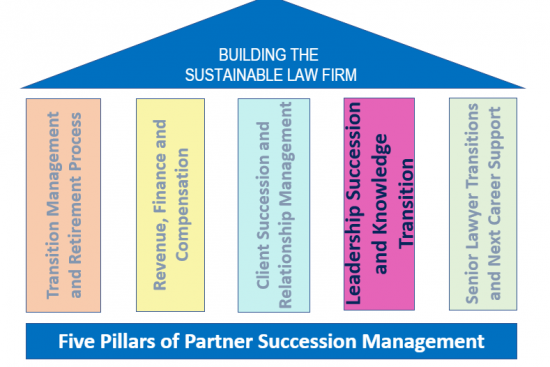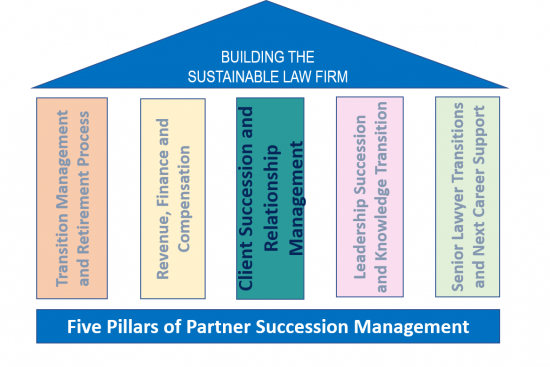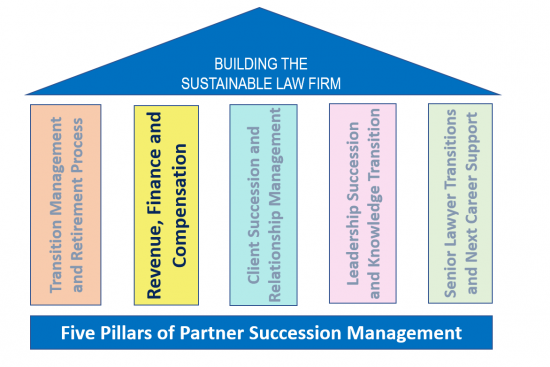Change Management 2: Strong Leadership and Collaboration are Required to Drive Change
Making meaningful and sustainable change will require collaboration and strong leadership. As discussed in Change Management Part 1, effectuating change in law firms is more difficult than other professions and industries and managing partners cite the reluctance or refusal of the vast majority of their partners to change. Given the dynamic shifts occurring in the…
Read More















